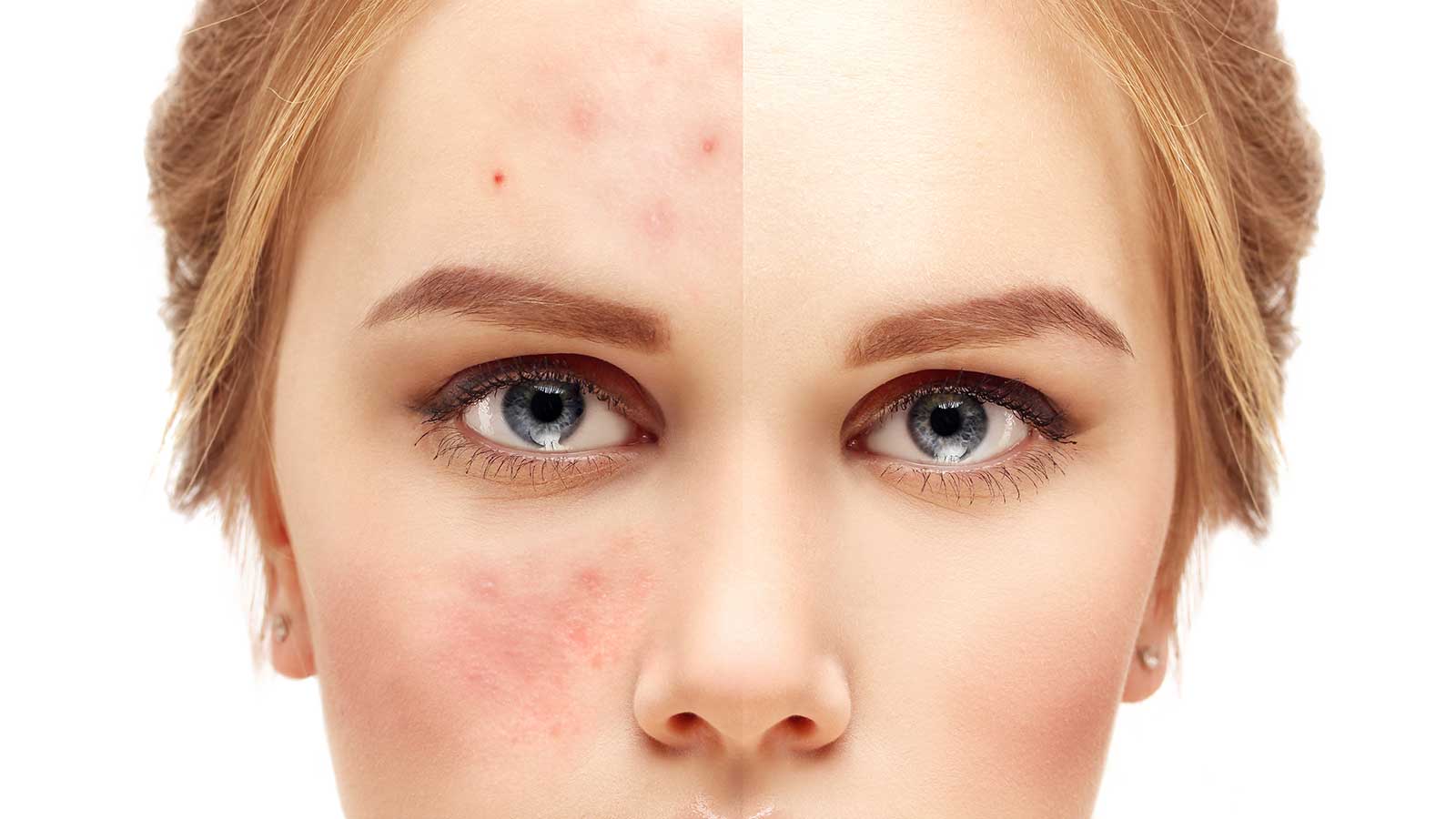💧 Can Oily Skin Change to Dry Skin? Here’s What You Need to Know
If you’ve always battled oily skin — the shine, the breakouts, the constant blotting papers — you might think it’s a lifelong skin type. But then one day, your skin feels tight, rough, and even flaky. Wait… is it possible that your oily skin has turned dry?
Short answer: Yes, it can happen.
But the reason isn’t magic — it’s science, habits, and sometimes lifestyle changes.
Let’s break down why oily skin can become dry, how to tell the difference between dryness and dehydration, and what you can do about it.
🧪 1. Why Skin Type Can Change Over Time
Skin isn’t static — it evolves. Several factors can shift your skin from oily to dry:
- Age: As you get older, your sebaceous (oil) glands produce less sebum.
- Climate & Weather: Cold winters, dry air, or moving to a less humid environment can sap moisture from skin.
- Hormonal Changes: Pregnancy, menopause, or health conditions can alter oil production.
- Over-Cleansing: Using harsh cleansers or over-exfoliating strips away natural oils.
- Medications: Certain acne treatments or prescription drugs can reduce oil production.
📌 Pro Tip: Skin type changes can be gradual, so you might not notice until your skin feels consistently tight or uncomfortable.
💦 2. Dry Skin vs. Dehydrated Skin — Know the Difference
Before you panic, it’s worth knowing:
- Dry Skin is a skin type — it lacks oil.
- Dehydrated Skin is a skin condition — it lacks water.
You can be naturally oily but still get dehydrated, especially from:
- Not drinking enough water
- Excess caffeine or alcohol
- Dry environments (air conditioning, heating)
💡 Key difference: If your skin feels oily and tight at the same time, it’s likely dehydrated, not truly dry.
🌿 3. Signs Your Skin Is Shifting from Oily to Dry
- Less shine than usual
- Skin feels tight after cleansing
- Makeup clings to flaky patches
- Increased sensitivity or redness
- Pores appear smaller
If you notice these signs consistently for weeks, it’s worth adjusting your skincare routine.
🧴 4. How to Care for Skin That’s Changing
✅ Switch to a Gentle Cleanser
Harsh foaming cleansers can strip skin. Look for cream or gel cleansers that hydrate.
✅ Moisturize (Yes, Even if You Were Oily Before)
Choose a lightweight moisturizer with hyaluronic acid or ceramides to restore the barrier.
✅ Protect with SPF
Dry skin is more vulnerable to UV damage — wear sunscreen daily.
✅ Avoid Over-Exfoliation
Cut back on scrubs and strong acids until your skin balances out.
✅ Hydrate from the Inside
Drink enough water and eat omega-rich foods (like salmon or flaxseeds).
🔄 5. Can Skin Switch Back to Oily?
Yes — if the change was caused by temporary factors like climate, medication, or skincare habits, your skin may become oily again when those factors shift.
💬 Think of skin as adaptable — it reacts to your environment, health, and the way you treat it.
🚫 6. What Not to Do When Skin Turns Dry
- Don’t keep using strong acne treatments without reassessing.
- Don’t skip moisturizer (even if you fear breakouts).
- Don’t ignore persistent dryness — it could signal eczema or another condition.
🏆 Final Thoughts
Your skin isn’t locked into one identity for life. Oily skin can become dry due to age, lifestyle, climate, or skincare choices — and sometimes it’s just temporary dehydration.
The best thing you can do? Listen to your skin. Adjust your products, keep hydration in check, and protect your barrier. That way, whether your skin is oily, dry, or somewhere in between, it will stay healthy and happy.


Leave a Reply